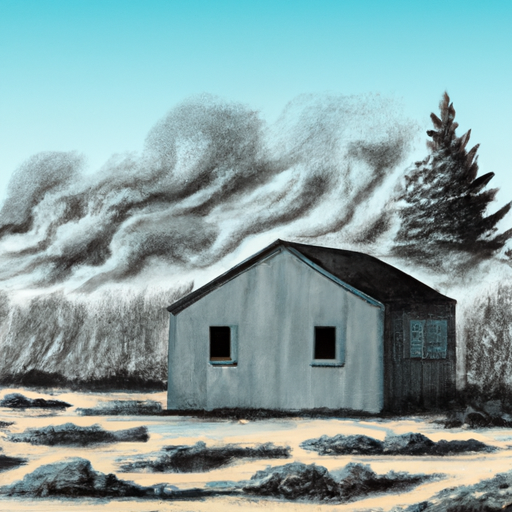Addressing the Opioid Crisis in Canada: A Deeper Look into New Brunswick’s Battle
Canada is in the midst of a devastating opioid crisis. According to a recent article from City News Halifax, the issue continues to plague communities across the nation, prompting an urgent call to action. The report highlights an incident in New Brunswick, where local police found a body after a shed fire 75km west of Fredericton, shedding light on the tragic intersection between homelessness, addiction, and crime.
The Canadian Opioid Crisis in Context
Over the past few years, the scale and scope of the opioid crisis in Canada have intensified, with the opioid class action suit becoming a critical turning point. Death rates due to opioids are spiking, with a substantial increase in fatalities due to synthetic opioids such as fentanyl and carfentanil. Alarmingly, the crisis is not confined to urban areas, but also severely impacts remote communities where resources for addiction support and harm reduction are often lacking or nonexistent.
Homelessness and poverty exacerbate the opioid crisis, creating a vicious cycle where addiction feeds into homelessness and vice versa. The economic despair and social isolation often experienced by marginalized communities further escalate the risk and severity of substance abuse.
The New Brunswick Incident and Beyond
The fire in New Brunswick, in which opioids were found on the scene, is a tragic instance of the broader opioid crisis. Sadly, it illustrates the dangers those struggling with addiction face, particularly when compounded by homelessness. This single incident should serve as a sobering reminder of the critical importance of concerted efforts to address the opioid crisis on a nationwide scale.
Key Points:
- Opioids were found at the scene of a tragic fire in New Brunswick, highlighting the ongoing crisis.
- Homelessness and addiction often go hand in hand, creating a vicious cycle that’s hard to break.
- The opioid crisis is not confined to urban centres; it affects communities of all sizes across Canada.
- Higher death rates are observed due to synthetic opioids such as fentanyl and carfentanil.
Efforts to Combat the Opioid Crisis
The opioid crisis is not a faceless issue; it affects our neighbors, friends, and family members. As such, many communities across Canada are stepping up their efforts to tackle this crisis head-on. One such effort includes the wider availability of naloxone, a life-saving medication that can temporarily reverse an opioid overdose. Naloxone has become increasingly available in both urban and remote communities, appearing in public spaces, business establishments, and homes.
Additionally, the opioid class action suit represents a significant step in holding pharmaceutical companies accountable for their role in the crisis. The legal action seeks compensation for government costs associated with treating opioid addiction and overdoses.
Conclusion
The opioid crisis continues to take an immense toll on Canadian society, claiming lives and disrupting communities. The incident in New Brunswick serves as a reminder of the urgency needed in addressing this issue. While naloxone availability and the opioid class action suit are positive steps, they represent only a fraction of the necessary response.
The opioid crisis requires a compassionate, comprehensive approach that addresses not only the immediate risk of overdose but also the underlying social factors driving addiction – poverty, homelessness, and lack of access to care. It’s an issue that demands attention not only from healthcare officials but from civic and community leaders who have the power to enact meaningful change.
